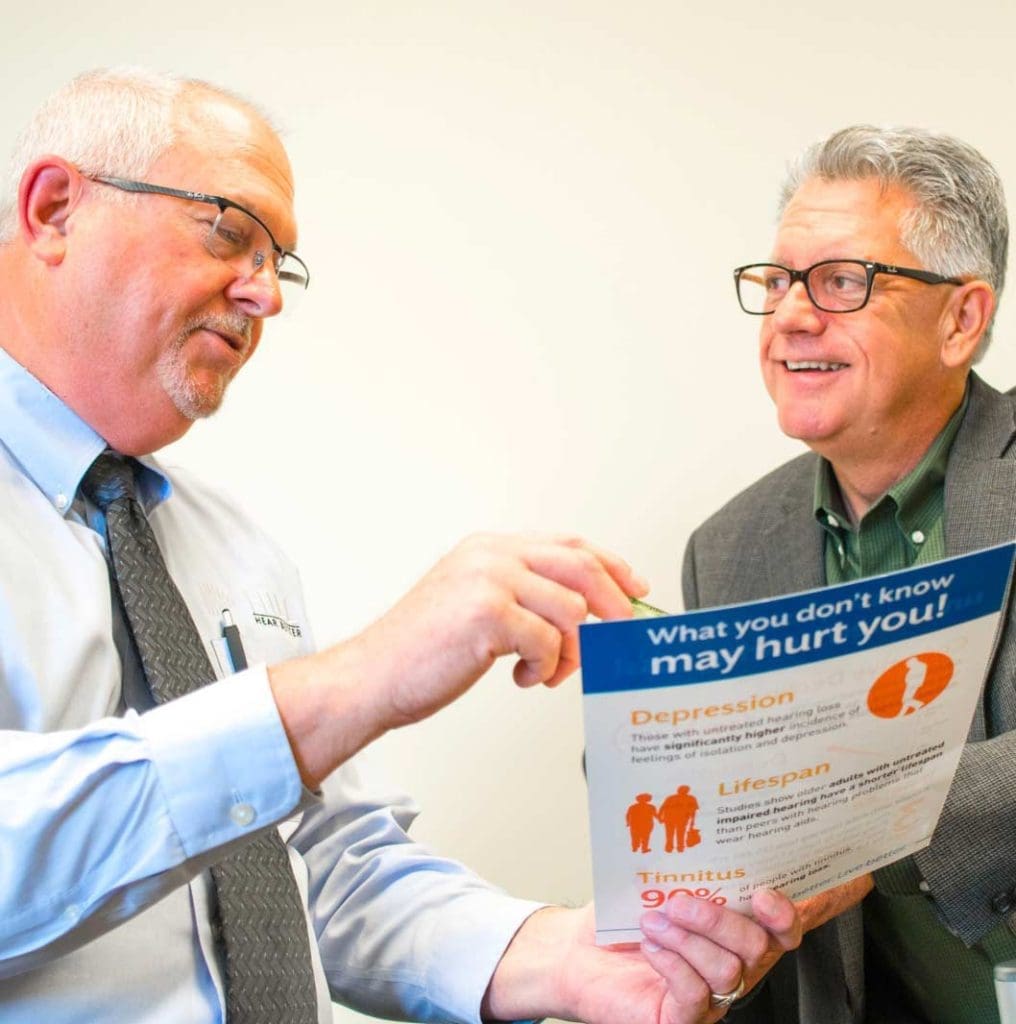
Getting new hearing technology is an exciting step towards enhancing your hearing experience and reconnecting with the world around you. However, adapting to hearing technology takes time and patience. To help you make a smooth transition, we’ve compiled ten essential tips that will assist you in getting used to your new technology.
From gradual adjustment to effective communication strategies, these tips will guide you through the process of acclimating to your hearing technology, maximizing their benefits, and embracing the joys of improved hearing. Let’s dive in and discover how you can make the most of your new hearing technology.
Here are ten tips to help you get used to your new hearing technology:
1. Start gradually with the volume if needed
Your audiologist may have adjusted your prescription down in volume due to the new loudness. Consider what it’s like to turn on the bathroom light in the dark and how it takes your eyes time to adjust. It is the same with your ears. This allows your brain to adjust to the new sounds without overwhelming you and you will be enhanced to full prescription through the follow up process.
2. Familiarize yourself with settings
Learn about the different settings and features of your hearing technology. Understand how to adjust the volume, switch between programs, or use any additional functionalities they may offer.
3. Practice in quiet environments
Begin by wearing your hearing technology in quiet environments, such as at home or in a peaceful park. This helps you adjust to everyday sounds without too much background noise.
4. Gradually introduce background noise
Once you feel comfortable in quiet settings, gradually expose yourself to environments with more background noise. Start with mildly noisy places, like a coffee shop, and gradually progress to louder environments like restaurants or social gatherings.
5. Communicate with others
Inform your family, friends, and colleagues about your new hearing technology. Let them know how they can help by speaking clearly, facing you directly, and minimizing background noise when engaging in conversations.
6. Practice listening skills
Engage in activities that challenge your listening skills. This could include listening to audiobooks, podcasts, or participating in group conversations. These exercises help improve your ability to distinguish different sounds and voices.
7. Keep realistic expectations
It may take some time for your brain to fully adapt to the new sounds provided by your hearing technology. Be patient and remember that gradual progress is expected.
8. Seek professional guidance
Regularly visit your audiologist for adjustments and fine-tuning of your hearing technology. They can ensure that the technology is properly adjusted to your specific needs and make any necessary changes as your hearing adapts.
9. Maintain good hygiene
Clean your hearing technology regularly according to the manufacturer’s instructions to prevent wax buildup or other issues that can affect their performance. Proper maintenance ensures optimal hearing aid function.
10. Stay positive and persistent
Adjusting to new hearing technology can be a process, so it’s important to maintain a positive mindset and be persistent in wearing them regularly. The more consistently you use your hearing technology, the quicker your brain will adapt to the improved hearing experience.
Remember, everyone’s experience with hearing technology is unique, so it’s important to work closely with your hearing healthcare professional for personalized advice and support throughout your adjustment period.
